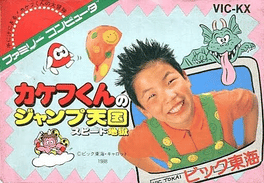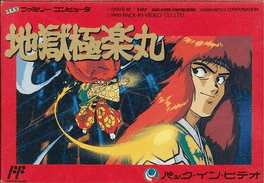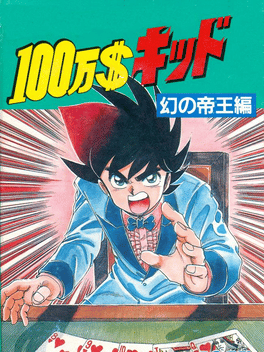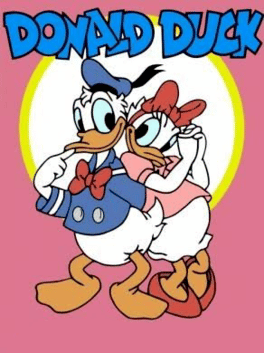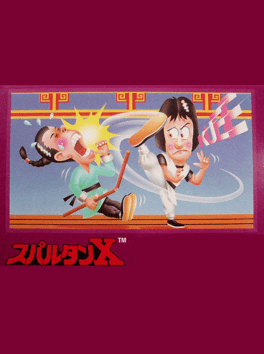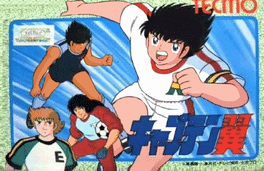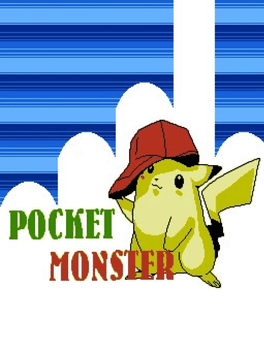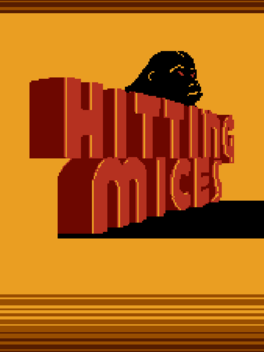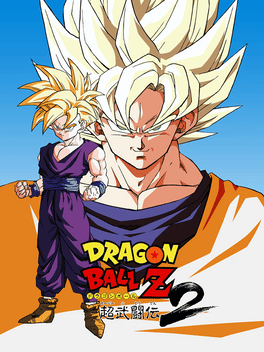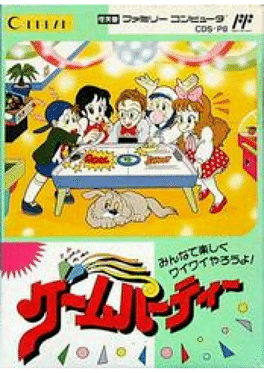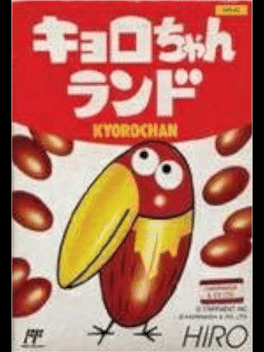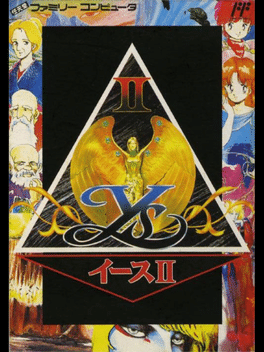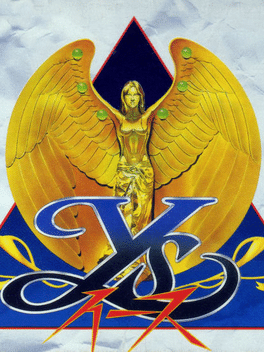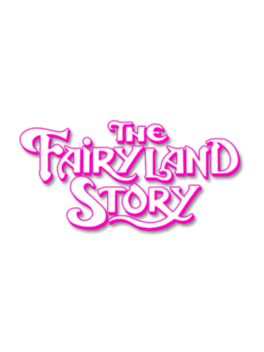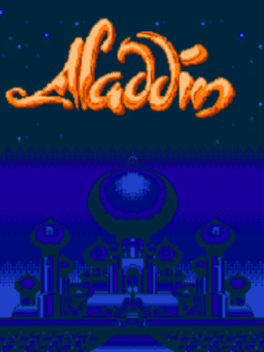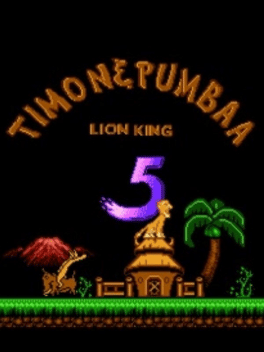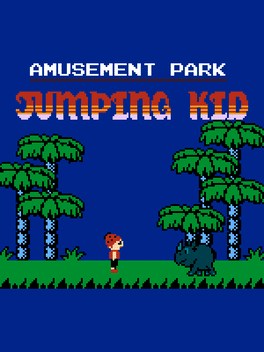Most Popular Family Computer Games - Page 21
-
Kame no Ongaeshi: Urashima Densetsu
1988
Kame no Ongaeshi: Urashima Densetsu is a 1988 video game published by Hudson Soft for the Nintendo Entertainment System. The game was released in Japan on August 26, 1988, and saw a North American release sometime in April 1990. The game was never released in Europe and the game is not playable on PAL consoles. The story takes place in the post-apocalyptic year of 2777, after Earth has been devastated by nuclear war and natural disasters, with the island nation of Xexyz now being threatened by alien robots. The Japanese Famicom version is based on the tales of Urashima Tarō, features cutscenes throughout the game, a choice of three endings and has minor graphical differences in some of the NPCs. -
Kakefu-kun no Jump Tengoku Speed Jigoku
1988
A video game released for the Nintendo Entertainment System in 1988 by Vic Tokai. The game's main character is based on Kenji Sagara (相良 健治, Sagara Kenji), a popular Japanese child actor who was famous in the 1980s for his impersonation of baseball player Masayuki Kakefu. -
Jigoku Gokurakumaru
1990
-
Abarenbou Tengu
1990
-
$1,000,000 Kid: Maboroshi no Teiou-hen
1989
$1,000,000 Kid: Maboroshi no Teiou-hen is a Famicom game based on the manga series $1,000,000 Kid by Yuki Ishigaki. -
Donald Duck
1988
-
Spartan X
1985
Spartan X
1985
The Japanese port of the Arcade game Spartan X, which was localized and Kung-Fu Master. Much like its Arcade counterpart, this version was later localized as Kung Fu, removing the movie license. -
Captain Tsubasa
1988
Captain Tsubasa
1988
Captain Tsubasa is the first game based on Captain Tsubasa. It was released in 1988-04-28 by Tecmo for the Japanese market. This game is the first of the Tecmo game series. This videogame defined a unique concept: a sports RPG/Strategy and cinema action game. It follows the same story from the Captain Tsubasa (1983 TV series). -
Pocket Monster
1997
Pocket Monster
1997
Pocket Monster is a NES platformer featuring Pikachu. It was also ported to the Game Boy Advance under the name Pokémon Gold Version. This is a simple platformer, in which the player controls Pikachu. Compared to many other NES games, the controls are inverted, which means that jumping is done by pressing B, and pressing A while moving in a direction makes Pikachu run, and A on its' own clears every enemy on the screen. It's also possible to stomp on enemies, similarly to Super Mario Bros.. Pikachu can take three hits before losing a life, with the number of hits left represented by a Poké Ball counter on the top left corner of the screen. There are a total of four worlds (Velbt, Woods, Tableland, and Motte) which are split into three levels each, as well as a single-screen boss battle at the end of each. This game has a debug mode enabled by default, allowing the player free movement while paused and to skip to the next level by pressing Select. In some places, the player can fall partway into the ground, altho -
Hitting Mices
2005
Hitting Mices
2005
Hitting Mices is an unlicensed NES game that's frequently featured on plug and play systems. -
Dragon Ball Z: Super Butouden 2
1994
Dragon Ball Z: Super Butouden 2 is a port of the SNES game of the same name, made by Hummer Team sometime during the 90s. This is one of many pirated fighting games on the Famicom to use the Street Fighter II Engine. Unlike most Hummer Team games, it is in full Japanese as opposed to English. The story was completely removed from this version. However, the Arcade, Versus and CPU vs CPU modes are present. The characters are fought in a random order, and are always fought on certain stages. The graphics and music are taken from the original game and simplified, with some characters sharing stages. Many of the stages themselves use multi-layered scrolling. The forest stage's theme, which is Bojack's theme from the original game, was reused in Tekken 2, another game by Hummer Team. The ending is taken from the original game, albeit without the credits. -
Game Party
1990
Game Party
1990
Game Party is a game published by Coconuts Japan Entertainment Co., Ltd., which was released in Japan in 1990 for the Nintendo Famicom. -
Kyoro-chan Land
1992
Kyoro-chan Land
1992
The game is based on "Kyoro-chan," the mascot character of Morinaga Choco Balls, a popular confectionary from Morinaga Seika. -
Ys II
1990
Ys II
1990
Ys II: Ancient Ys Vanished - The Final Chapter is a direct sequel to Ys: The Vanished Omens. The game continues to utilize the action role-playing combat style of the first installment, which requires the player to make the protagonist run into the enemy in order to cause damage, without the need to press an attack button. The player should choose the angles and the measure of contact with the enemy carefully, otherwise the hero will be killed. The player character can (and should) level up, perform quests for village people, gather money, and upgrade weapons and inventory, like in most other RPGs. -
Ys
1988
Ys
1988
In this game, the player takes the role of Adol (Aron in the English-language Sega Master System version) Christin, a red-haired adventurer and expert swordsman. One day he encounters a fortune teller who sends him on a quest to find information about the six books of Ys. It appears that there was once an ancient land called Ys, whose secret was sealed in those six books. Before long Adol learns that the six books were all stolen by the evil wizard Dark Fact (Dulk Dekt in the Sega Master System version, Malificus in the English-language computer versions). It is Adol's task to defeat the villain and discover the secret of Ys! -
The Fairyland Story
An NES/Famicom prototype of arcade game The Fairyland Story. It was never released. -
Aladdin
Aladdin is a Famicom port of the Sega Mega Drive game of the same name, made by Super Game and published by Realtec. -
The Lion King V: Timon & Pumbaa
1998
The Lion King V: Timon & Pumbaa is a game released on the Famicom by Dragon Co. as a sequel to their first ever release, The Lion King III: Timon & Pumbaa. -
Amusement Park: Jumping Kid
2012
Amusement Park: Jumping Kid is an unlicensed platforming game for the NES. -
Tetris
1988
Tetris
1988
Tetris for Famicom is a port of the Japanese home computer version. Originally published under an incorrect licence, the game led to Henk Rogers's purchase of the Tetris licence on multiple platforms, which later led directly to further Nintendo releases. It is infamous for its control scheme, which mapped down to rotate, and A to hard drop, the opposite of most later versions which have down for drop and A for rotate. On October 1st, 2018 the game was re-released as part of the AtGames Legends Flashback. It has an updated copyright screen and remapped controls (up/B for rotate, down/A/C for hard drop). On November 1st, 2019, it was re-released on the updated Legends Flashback, Legends Ultimate Arcade, and the Adventure Flashback Blast!.

